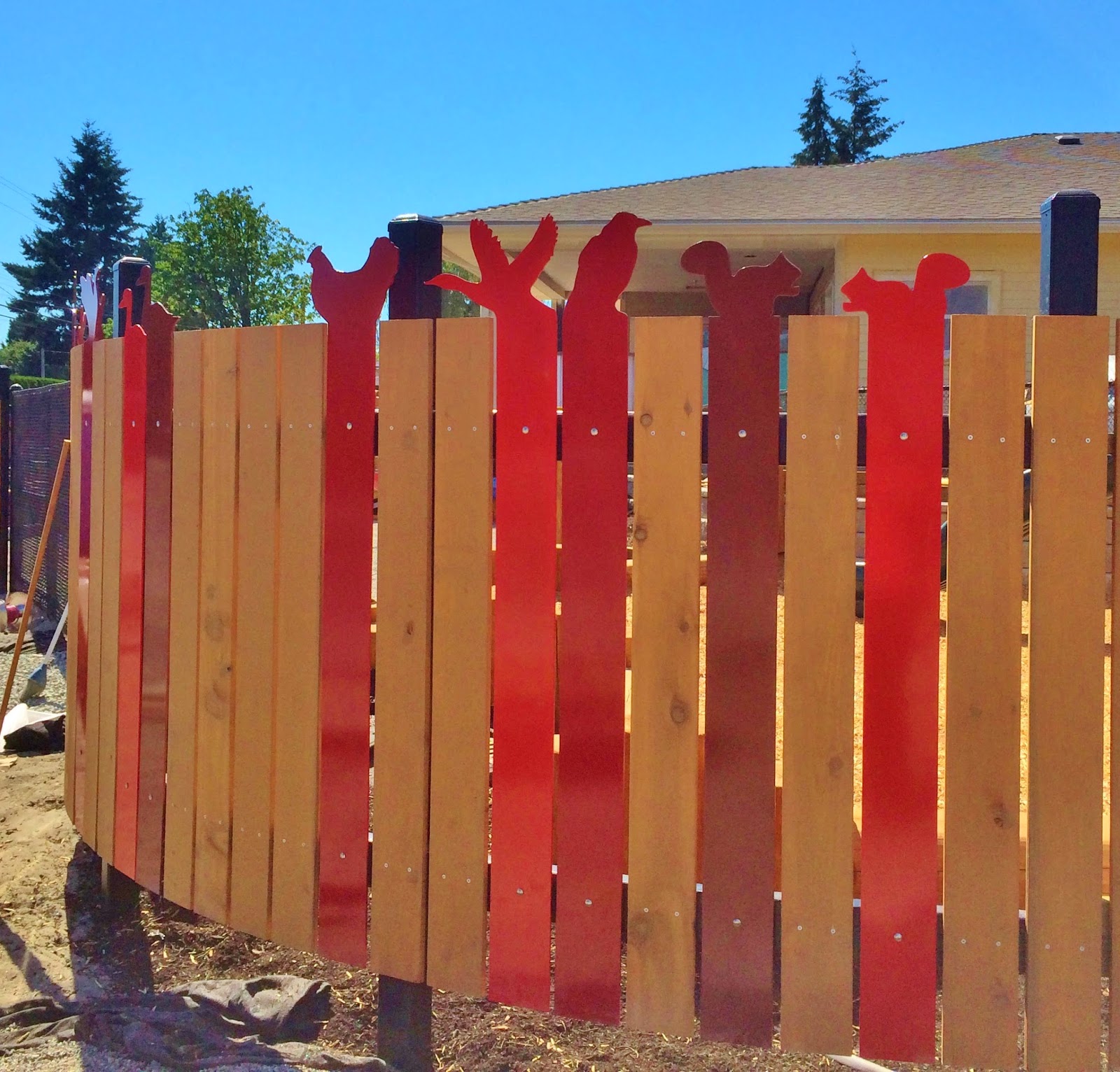 I spotted this emergent/responsive Educator in her natural element the other day.
I spotted this emergent/responsive Educator in her natural element the other day. She didn't notice me at first.
She was intently listening to the children playing with the bubbles in the outdoor water table.
She was writing what they were saying, their observations about the bubbles.
She was taking photos.
She remained close by, engaging in conversation, asking a few questions about the play she was observing.
All the while she was scanning the playground to make sure everyone was busy and happy and safe. She called out a couple of reminders to children going too fast on bikes. She communicated with a colleague about a child who needed to go to the bathroom. She exclaimed with joy when a child showed her he had caught a bubble. She asked him "where did that bubble come from?" "What will you do with it now that you have caught it".
They had a conversation.
This Educator is deeply curious about the fascination children have with bubbles. She wants to know what it is about blowing bubbles that children fund so joyful and satisfying. She wants to know how she and her team can offer children ways to think more about bubbles, to have more bubble experiences.... She wants to share in the joy and deepen the moment.
This is her work.

She does this same work with various children on various topics all day, everyday.
She shares her notes, her thinking, with her team. They decide on next steps in engaging with the children. At some point they write it up so parents can connect with what the children are thinking and learning. They show the children their process, their work. They show them they are important and their thinking matters.
For this is our work.
To be deeply curious with children. To listen to their theories about the world. To offer them ways to test their theories or think more deeply about what interests them.
And as we do this children expand their minds, add to their knowledge, deepen social connections.
This is true learning, from the context of what the child is interested in already, building on their latent knowledge step by step.
We do this with authentic enthusiasm and personal joy.
We stand together in awe of what children offer us each day - their thinking, their perspectives, their unconstrained conversation, their unhindered theories, their genuine curiosity and joy in discovery.







